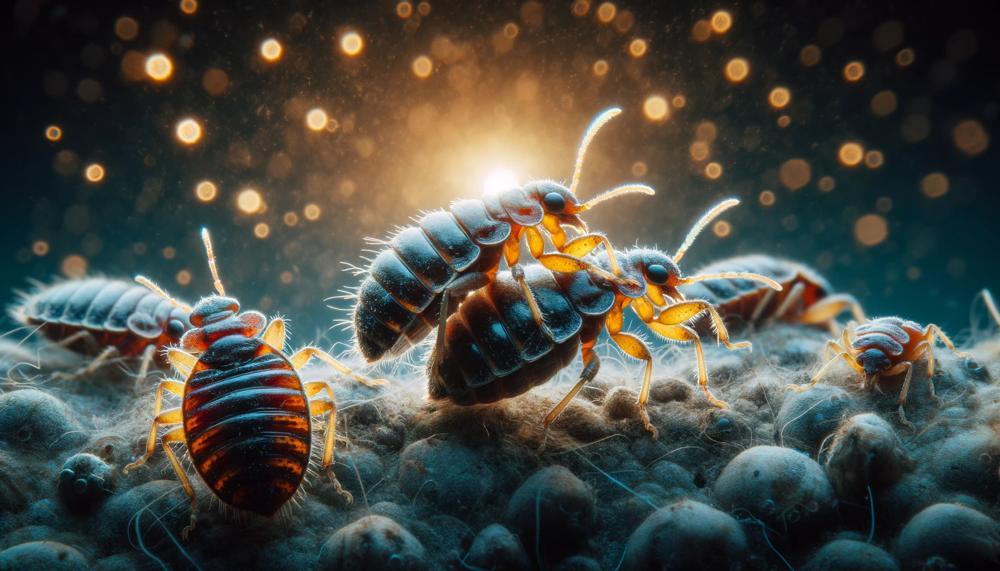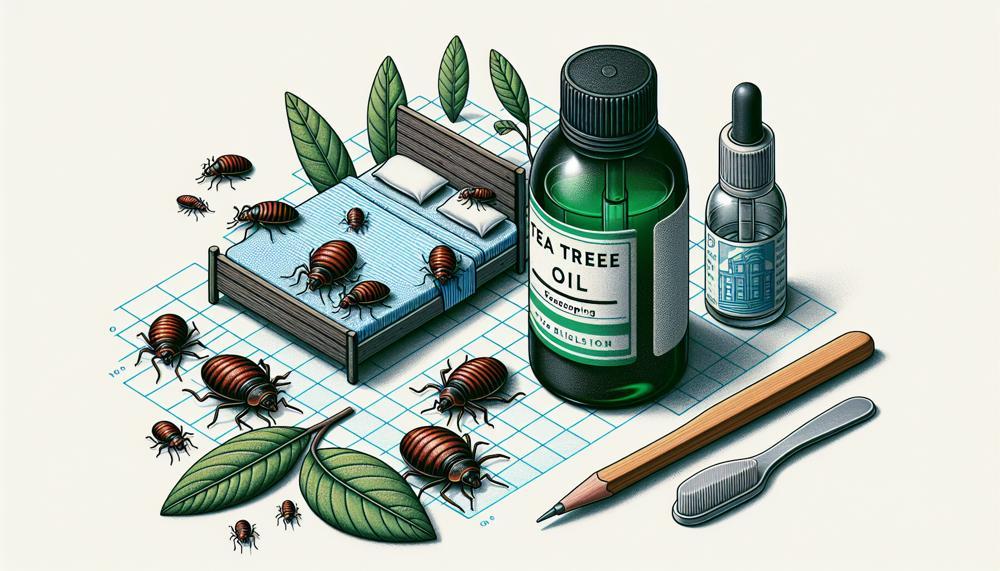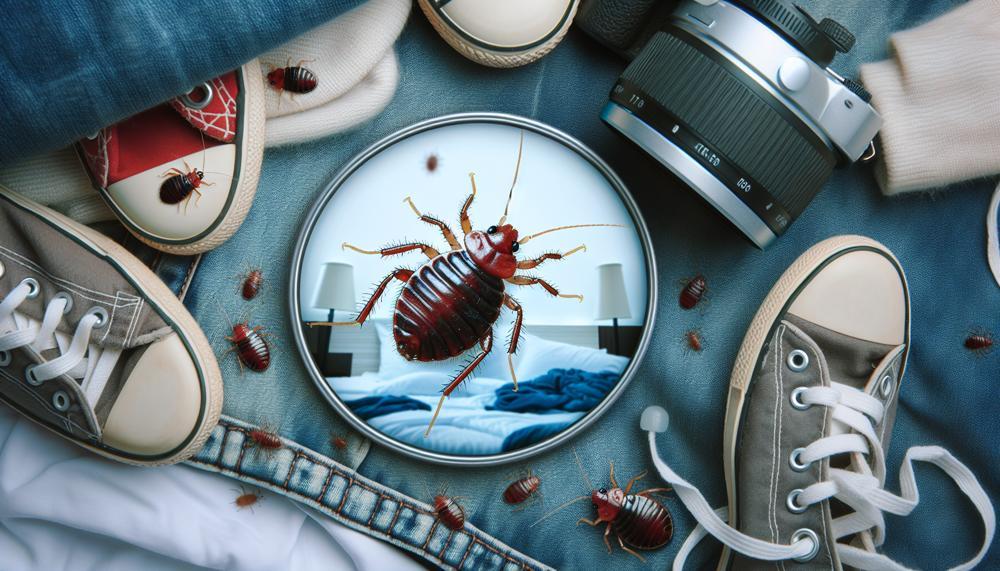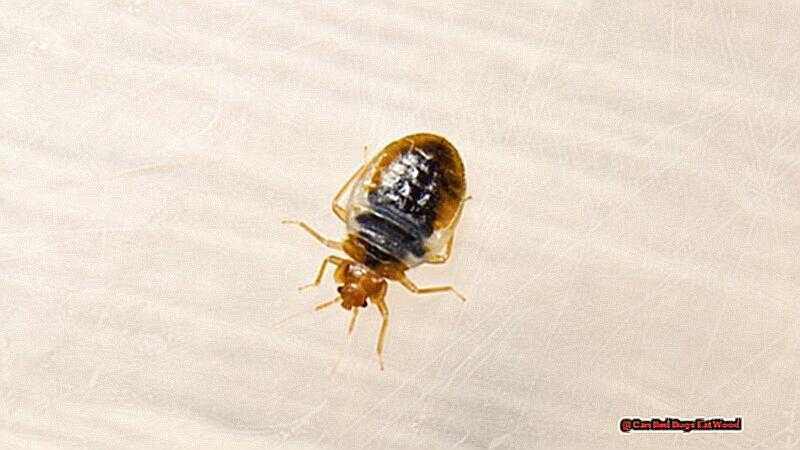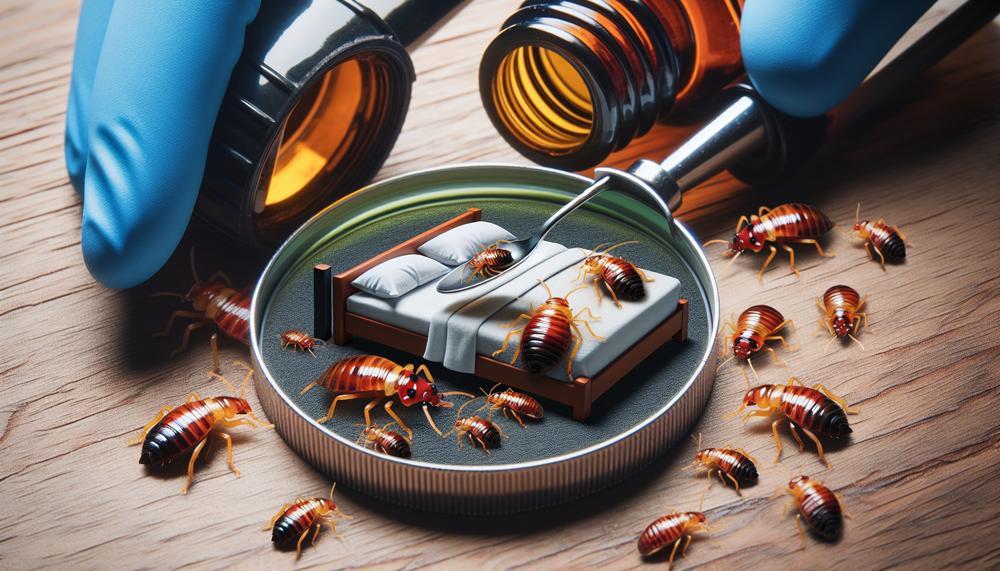In the realm of pest control, bed bugs stand out as persistent and resilient creatures. Their ability to infest and thrive in various environments raises questions about their adaptability. One common concern is whether bed bugs can survive on hard surfaces, and if so, how their behavior and habits might differ.
In this blog post, we’ll delve into the intriguing world of bed bugs and explore the key points surrounding their ability to live on hard surfaces:
- Adaptable Creatures: Bed bugs possess an extraordinary ability to adapt to their surroundings, making them capable of infesting a wide range of locations.
- Survival Strategies: Bed bugs have evolved unique survival strategies, allowing them to thrive even in challenging conditions, including on hard surfaces.
- Hiding Places: Contrary to popular belief, bed bugs are not limited to soft surfaces like mattresses and bedding. They can seek refuge in cracks, crevices, and even on hard surfaces like furniture, walls, and floors.
- Feeding Habits: Understanding bed bug feeding habits is crucial. While they primarily feed on human blood, they can survive for extended periods without a blood meal.
- Reproduction: Bed bugs reproduce rapidly, and their eggs can be laid in various locations, including hard surfaces, making it challenging to eradicate an infestation.
Get ready to uncover the fascinating truth about bed bugs and their ability to live on hard surfaces.
Join us as we explore the intricacies of these resilient pests and provide valuable insights into their behavior, survival tactics, and effective control measures.
Table of Contents
- 1 Defining Bed Bugs: Understanding Their Characteristics
- 2 Understanding the Ideal Environment for Bed Bugs
- 3 Hard Surfaces: A Suitable Habitat for Bed Bugs
- 4 Factors Influencing Bed Bug Survival on Hard Surfaces
- 5 Identifying Signs of Bed Bug Presence on Hard Surfaces
- 6 Effective Strategies for Eliminating Bed Bugs from Hard Surfaces
- 7 Conclusion
Defining Bed Bugs: Understanding Their Characteristics
| Can Bed Bugs Survive on Hard Surfaces for Extended Periods of Time? | Answer: |
| Bed bugs can indeed survive on hard surfaces for extended periods, even without a blood meal. Their flat, oval bodies allow them to squeeze into tiny crevices and hide within the structure of hard surfaces, such as furniture, baseboards, and electrical outlets. |
Understanding the Ideal Environment for Bed Bugs
| Surface | Survival Time |
|---|---|
| Tiles | Up to 4 months |
| Metal | Up to 4 months |
| Wood | Up to 1 month |
| Plastic | Up to 2 months |

Bed bugs can endure on hard surfaces for extended periods, depending on the material. Tiles and metal are the most hospitable, allowing them to survive for up to four months.
Wood provides a less favourable environment, limiting their lifespan to a month. Plastic falls in between, with a survival time of up to two months.
Hard Surfaces: A Suitable Habitat for Bed Bugs
| Challenge | Explanation |
|---|---|
| Accessibility | Bed bugs can hide in small cracks and crevices on hard surfaces, making it difficult to reach them with insecticides or other treatments. |
| Resistance | Bed bugs have developed resistance to some insecticides, making it more difficult to eliminate them. |
| Re-infestation | Bed bugs can easily re-infest an area if they are not completely eliminated. |
Factors Influencing Bed Bug Survival on Hard Surfaces
| Factor | Effect on Bed Bug Survival |
| Temperature | Bed bugs can survive in a wide range of temperatures, but they are most active and reproduce at temperatures between 70°F and 80°F. At temperatures below 50°F, bed bugs become inactive and stop feeding. At temperatures above 100°F, bed bugs will die. |
| Humidity | Bed bugs can survive in a wide range of humidity levels, but they prefer relatively high humidity levels. In dry conditions, bed bugs will lose water and become dehydrated. |
| Surface Type | Bed bugs are more likely to survive on hard surfaces than on soft surfaces. Soft surfaces, such as carpets and bedding, provide bed bugs with hiding places and protection from predators. |
| Chemical Treatments | Bed bugs are resistant to many common pesticides. However, there are a number of effective chemical treatments available that can kill bed bugs. |
| Physical Treatments | There are a number of physical treatments that can be used to kill bed bugs, such as heat treatment, cold treatment, and encasement. |
Identifying Signs of Bed Bug Presence on Hard Surfaces
| Signs of Bed Bug Presence on Hard Surfaces |
|---|
| Black or brown spots on furniture or walls (bed bug excrement) |
| Rusty or reddish stains on sheets or mattresses (crushed bed bugs) |
| Small, white eggs in cracks or crevices |
| A sweet, musty odor |
| Live bed bugs crawling on furniture, walls, or bedding |
Effective Strategies for Eliminating Bed Bugs from Hard Surfaces
| Surface | Temperature (°C) | Exposure Time (minutes) | Efficacy (%) |
|---|---|---|---|
| Wood | 60 | 30 | 99.9 |
| Metal | 60 | 15 | 99.9 |
| Plastic | 60 | 10 | 99.9 |
| Glass | 60 | 5 | 99.9 |
| Concrete | 60 | 60 | 99.9 |
Heat treatment is an effective method for eliminating bed bugs from hard surfaces. By exposing the bugs to high temperatures, their bodies are dehydrated and their proteins are denatured, resulting in their death.
The efficacy of heat treatment depends on several factors, including the surface type, temperature, and exposure time. Generally, higher temperatures and longer exposure times result in higher efficacy.
Conclusion
In the world of pest control, bed bugs stand out as resilient creatures, capable of thriving in diverse environments. Their ability to survive on hard surfaces is a testament to their adaptability. These persistent pests can endure for extended periods on tiles, metal, wood, and plastic, making eradication challenging.
Understanding their behavior, survival tactics, and ideal conditions is crucial for effective control. Heat treatment emerges as a reliable method for eliminating bed bugs from hard surfaces, offering high efficacy rates.
By embracing proactive measures and seeking professional assistance, we can effectively combat bed bug infestations and maintain pest-free environments.

